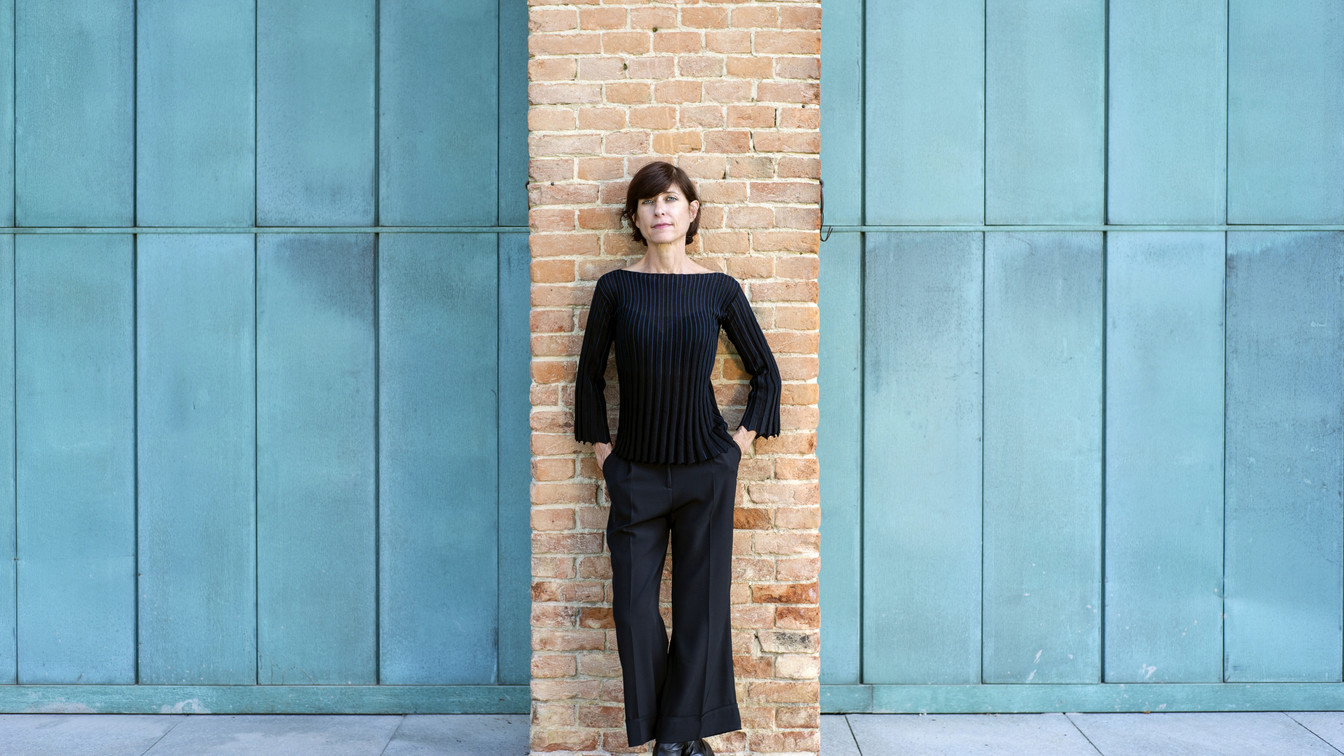

Women are the future. Bruno Ceretto says this with calm conviction, certainly not just to please the interviewer. His daughter Roberta is the president of the wine company and his niece is CEO. They have the task of opening up new paths, with the contamination of wine, art and tourism, confirming the values of sustainability, which they embraced before it became a requirement. In the Langhe, whose landscape is now a UNESCO World Heritage, the Ceretto vineyards are a treasure to be preserved and valued, to promote the land and its culture. “Beauty stimulates beauty,” says Roberta. Not only fine quality wine: projects of good taste and soul seem to flourish around Barolo.
“I was born into it,” she says. “I belong to the third generation of a family that has been working for years in the wine and food industry, both strong traditions in this my home region.” Grandparents Riccardo and Emilia struggled to put lunch and dinner on the table and left Santo Stefano Belbo in the 1930s; they moved to Alba and Riccardo started working as a driver for a wine producer and he started making wine using grapes he bought from someone else. At that time, the Langhe was the malora described by Beppe Fenoglio: a poor land where wine was produced for local consumption. It was his sons Bruno and Marcello, with an alternative vision, who gradually bought pieces of land to produce quality Barolo and Barbaresco. In the 1980s, they embarked on a new adventure and invested in the Roero region, believing in the potential of Arneis. “They were not the first,” points out Roberta, “but they were the most visionary: blangé [wine] has become an important element close to the ‘wine icons’ Barolo and Barbaresco.” The vineyards grew to 170 hectares and passed into the hands of the four children. With them comes the transition to organic.
“At a certain point, we realized that, for our products to grow, we need teamwork, combining our wine with the amazing ingredients this land provides: first of all truffles and then meats, cheeses and mushrooms. Together, they create a special perception of the Langhe. We like risk, and we focus on image and promotion: we engage writers, artists, architects. We create objects with the aim of embellishing the story, conscious of just how extraordinary a place the Langhe is, though it is lacking in some connections. In 2000, we opened the doors to the public: in those days, hardly anyone did this. The territory opens its doors wide: we know that without the Langhe, our work wouldn’t exist. We want to give back what the land has given to us. We have included art in our initiatives and we have been rewarded. People who appreciate fine quality wine are sensitive to goodness and beauty. Bottle collectors, like collectors of works of art are fueled by passion and curiosity: they want to know where things are from and how they got there.”
“The Langhe and Roero, she continues, “are extraordinary for those who love nature: the hills as you see them today are down to us.” It is no coincidence that the Ceretto winery has a glass-covered viewing platform over the vineyards, mid-way between land and sky. The view is breathtaking.
Tourists come to enjoy the countryside but the main attractors are now food and wine. The Ceretto family owns a restaurant in Alba that boasts three Michelin stars: chef Enrico Crippa is one of the great talents of Italian cuisine. “He has developed a dialog with the local area and it is amazing to have such a great ambassador.” In the Langhe and Roero regions, there are a total of 26 Michelin stars and Pollenzo is home to the University of Gastronomic Sciences, founded by Carlo Petrini. The result is that, before, local tourism was limited to two months a year (for the white truffle harvest) and now visitors come in all seasons. There is more life in the region and new inspiration: “COVID gave us an additional boost: the resurgence of the provinces.”
“But the Langhe is more than just wineries and restaurants. We have sought to provide alternative stimuli with contemporary art and architecture. The landscape architect who is working on the latest project asked me for the Instagram point: this is the future. We always need to teach beauty.”
This is precisely why, in 2009, Ceretto decided to open its doors and make its cellars a welcoming space: seminars, tastings, tours seven days a week. Visitors come from Italy, France, Switzerland, but also from Austria, Germany, the United States. “There is an international air.” Lots of people have also come because of big local events, such as the Ezio Bosso concert in 2019.
But we must never get complacent: “We have two very ambitious projects: near the 'Barolo Chapel', decorated by the artists Sol Lewitt and David Tremlett—a place that has become iconic and now receives 100,000 visitors a year—there are lots of abandoned houses: the idea is to renovate them and open up spaces in which wine will take center stage.”
The other project is in the Roero region: a hill covered by vineyards and woodland, with a tower at the top that was bombed during the Second World War. “A well-known artist has been commissioned to create something similar to the Chapel in La Morra: we want people to leave their cars and walk through the vineyards and hazelnut trees.
The weight of female influence is increasingly strong: “In my generation, there are many daughters of producers but it is interesting to see how, in the wineries and restaurants, as well as among the sommeliers, women are getting better and better. When I started, we were rare as hen’s teeth; now things have changed.”